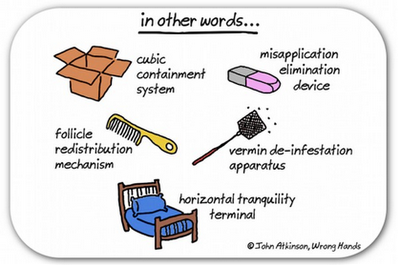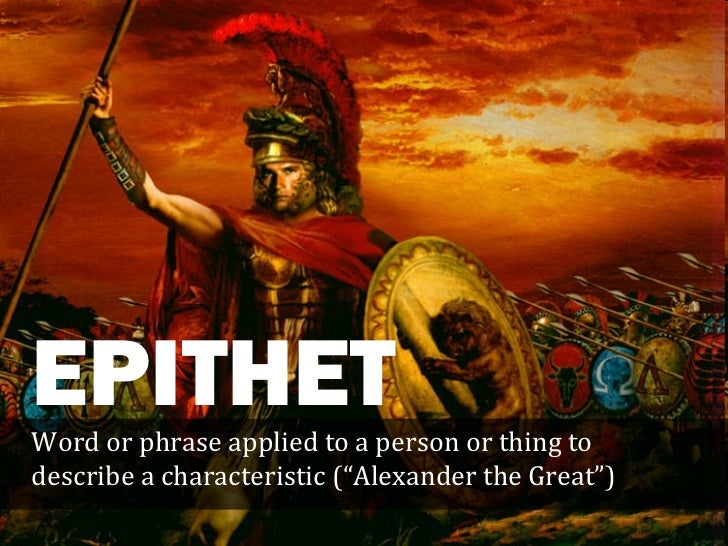Definition: The repetitive use of phrases or words that have similar meaning to give the impression that the writer is providing extra information.
Examples from A Midsummer Night's Dream:
Act 3 Scene 2 lines 432-435
Robin, In Lysander’s voice
“Thou coward, art thou bragging to the stars,
Telling the bushes that thou look’st for wars,
And wilt not come? Come, recreant! Come, thou
child!”
Function:
In this example Robin used the word coward to describe Demetrius when speaking to him. He then later on uses the word recreant which means “a coward.” The word recreant is used to prevent monotony and to make the reader believe that they are given more information about the situation even though the information given is the same.
Other Example from "The Raven" by Edgar Allen Poe:
"But the fact is I was napping, and so gently you came rapping,
And so faintly you came tapping, tapping at my chamber door,"
Non-original Mnemonic:
Original Mnemonic:
When using tautology, you must repeat, recite, restate, rehash, and reiterate.




